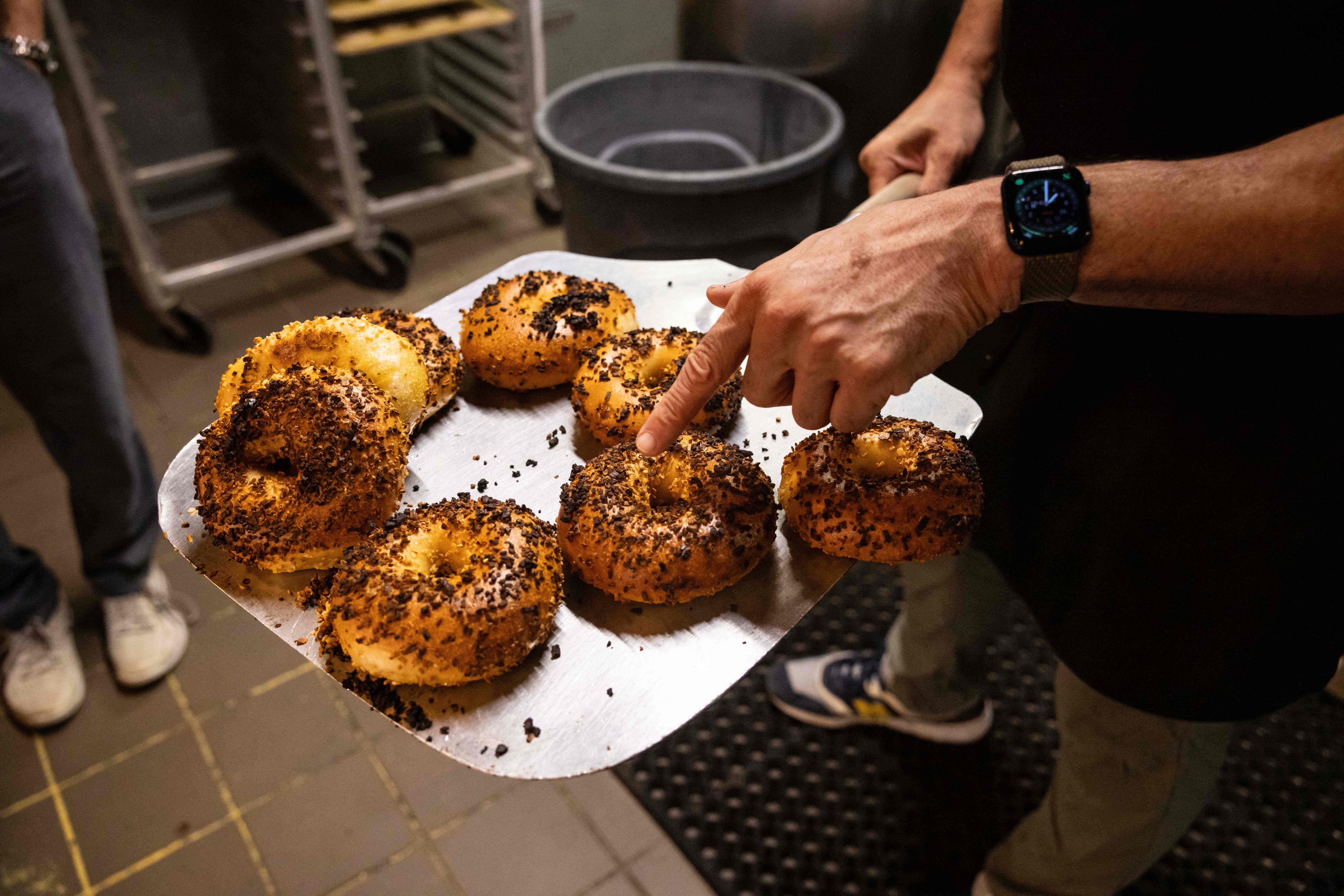Miep Gies insisted she wasn’t a heroine. "I myself am just an ordinary woman," she said. "I simply had no choice."
The woman who risked her life for more than two years as one of the protectors of Anne Frank---and then risked her life again to find and preserve Anne’s diary has died. Miep Gies was 100 years old.
Her death has special meaning, her life special poignancy for the many descendants of Holocaust survivors who live in New York and America. Miep Gies was a heroine----and she was so modest she never understood why people regarded her as courageous and selfless.
In the darkest days of World War II, she helped protect the Frank family and four of their friends who hid from the Nazis in an attic in Amsterdam. She---and five other employees of Anne Frank’s father helped keep the attic dwellers alive, smuggling in food and other supplies. It was Gies who brought the girl her first---and last----pair of high-heeled shoes and watched her struggle to walk in them. But, Gies said, the eight people who hid in the attic were "the brave people," the true heroes.
Anne Frank didn’t agree. She expressed her appreciation for the people who risked their lives to hide her. She wrote in her diary of "our helpers"---that they "have managed to pull us through so far and will hopefully bring us safely to shore, because otherwise they’ll find themselves sharing the fate of those they’re trying to protect.
"Never have they uttered a single word about the burden we must be, never have they complained that we’re too much trouble. They come upstairs every day and talk to the men about business and politics, to the women about food and wartime difficulties and to the children about books and newspapers. "
On August 4, 1944, the attic dwellers were betrayed. Nazi police raided the hiding place and took the eight people to Gestapo headquarters in Amsterdam. Otto Frank was the only survivor of the eight who hid. They all died in Nazi extermination camps.
Local
When Otto Frank, mourning his family, returned to Amsterdam after the war, Miep Gies reached into her desk drawer and pulled out the paper and notebooks in which Anne had written her diary. "Here." She told Frank, "is your daughter’s legacy to you."
The father decided to publish the diary in 1947. Since then it has sold more than 25 million copies in 54 languages. After the Bible, it is believed to be the most widely read book in the world.
Anne Frank didn’t live to see her 16th birthday. Yet Miep Gies, a tiny, white-haired woman, kept her words very much alive. It was Gies who, risking her life again, climbed the attic steps one last time---after the Franks had been arrested----and, rummaging through the notebooks and papers left on the floor during the Nazi raid, managed to save the essence of Anne Frank’s diary.
Every year during Gies’s life she observed the anniversary of the raid on the attic, August 4, 1944, in a special way. "I close the curtains of my home and do not answer the doorbell or the telephone. It is the day that my Jewish friends were taken away to the death camps. I have never overcome that shock."
Once she told a college audience in Ann Arbor: "It is our human duty to help those who are in trouble. I could foresee many, many sleepless nights and a miserable life if I had refused to help the Franks. Yes, I have wept countless times when I thought of my dear friends. But still, I am happy that these are not tears of remorse for refusing to assist those in trouble."
I spoke to Nobel Laureate Elie Wiesel, chronicler of the Holocaust. He said: "She showed the simplicy of heroism. It's so simple. She belongs to the few who have been heroes."
If not for this brave woman, the world would have never known about Anne Frank.



